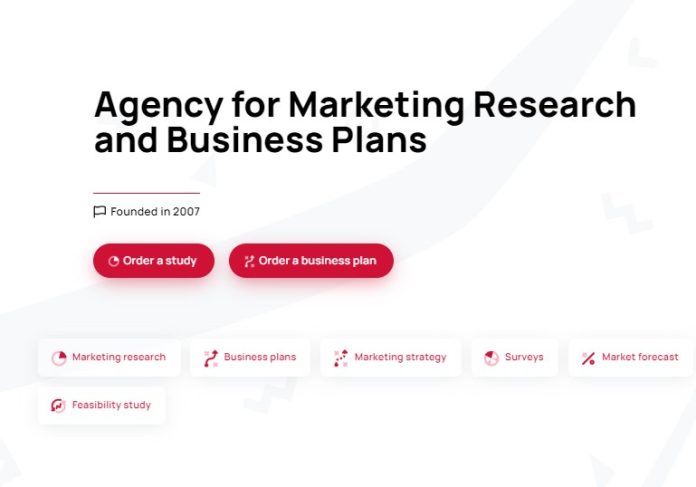In the realm of business, the ability to anticipate market trends and consumer behavior is invaluable. [1] Marketing forecasting is a strategic tool that empowers businesses to make informed decisions, plan effectively for the future, and allocate resources where they will be most effective.
At its core, marketing forecasting is the process of analyzing current and historical data to predict future market conditions. This method of projection and prediction takes into account a variety of factors, including economic indicators, industry trends, consumer behavior patterns, and the broader socio-political environment.
One of the primary benefits of marketing forecasting is risk reduction. By understanding potential future scenarios, businesses can develop strategies to mitigate adverse impacts. For instance, if a forecast indicates a downturn in consumer spending, a company can adjust its inventory and marketing spend accordingly to avoid overextension.
Effective marketing forecasting also plays a crucial role in budgeting and financial planning. It helps companies allocate their marketing budget more efficiently, ensuring that funds are invested in campaigns and initiatives likely to yield the highest return on investment. This strategic allocation is especially critical in competitive markets where the margin for error is slim.
Moreover, marketing forecasting is instrumental in product development and lifecycle management. By predicting shifts in consumer preferences and technological advancements, businesses can innovate proactively. This forward-thinking approach can lead to the development of new products and services that meet emerging customer needs, thereby securing a competitive edge.
To conduct marketing forecasting, businesses often employ a mix of qualitative and quantitative methods. Qualitative methods might include expert opinion, market research, and the Delphi method, which relies on consensus among a panel of experts. Quantitative methods, on the other hand, might involve time series analysis, econometric models, or leading indicators.
The use of advanced analytics and machine learning algorithms in marketing forecasting has grown significantly. These technologies can process vast amounts of data to identify patterns and correlations that might not be apparent through traditional methods. As a result, forecasts can become more accurate and granular, providing deeper insights into specific market segments or consumer demographics.
However, it’s important to note that marketing forecasting is not an exact science. While it can provide a directional perspective on where the market is heading, unforeseen events such as economic shocks, natural disasters, or global pandemics can rapidly change the market landscape. Therefore, businesses must remain agile and ready to adapt their strategies in response to new information.
In conclusion, marketing forecasting is a vital component of strategic planning in business. It enables organizations to anticipate changes, prepare for various market conditions, and make decisions with greater confidence. By leveraging both traditional and advanced analytical methods, businesses can gain a clearer vision of the future, allowing them to navigate the complexities of the market with foresight and precision.
More articles about marketing research on our website [2]: https://gidmarket.in/
References
- https://gidmarket.in/services/market-forecast
- https://gidmarket.in/
Also Read: How to know your polling booth (polling station) to cast a vote in 1 minute?


